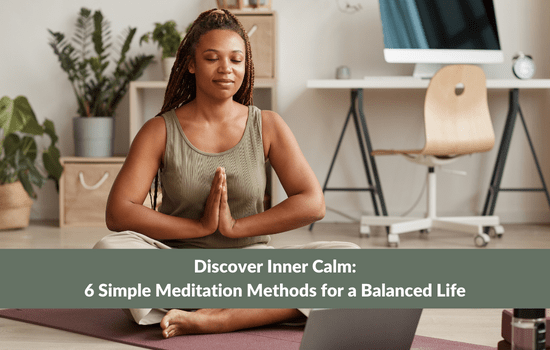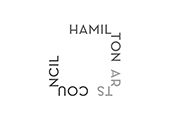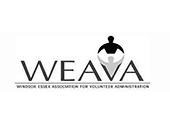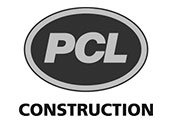Meditation offers various life benefits, including reduced stress, improved focus, enhanced emotional well-being, and increased self-awareness. It can also promote relaxation and a sense of inner calm and peace.
Boost Your Well-Being: 6 Quick Meditation Practices to Try Today
With hectic life schedules, constant distractions, and mounting responsibilities, it's easy to become overwhelmed and disconnected from our true selves. However, amidst the chaos, there lies a powerful tool that can help us reclaim our sense of peace and equilibrium: meditation. Meditation is a practice embraced by cultures worldwide for centuries, revered for its ability to quiet the mind, soothe the spirit, and cultivate a deeper connection to the present moment.
While the idea of meditation may seem daunting or esoteric to some, the truth is that anyone can benefit from its transformative effects with just a few simple techniques. In this blog, we'll explore six straightforward meditation methods you can incorporate into your daily life to discover inner calm and promote a more balanced existence.
Whether you're a seasoned meditator looking to deepen your practice or a curious beginner seeking tranquillity amidst the chaos, these techniques offer accessible pathways to mindfulness, relaxation, and well-being.
Meditation Can Positively Impact Your Life
Should meditation be considered as part of our wellness routine? How can this practice help us – at home and work?
Meditation can be defined as contemplation, thinking, reflection or deliberation. (I also have a blog on setting aside time to problem-solve daily – find it here)
Applying this self-management strategy helps you carve out the time to think about specific challenges or situations and how you might prevent them from repeating. Or it helps create an action plan to move forward through a stressful time.
Often, what keeps us from implementing this strategy is the fact that most of us live a drive-by-life. This is something I write about and talk about often in my emotional intelligence workshops.
A drive-by–life is when you go through your day at a hectic pace without taking the time to be mindful and appreciate or enjoy. These days can turn into weeks and then months. This blog, The Drive-By Life Addiction: The Silent Struggle in a Fast-Paced World, highlights the challenges.
Living life this way is unsustainable and negatively affects our well-being. Eventually, we will burn out, which creates a spiral effect on every aspect of our lives. The solution is sometimes a hard and fast look at your priorities, and occasionally, you may need to simplify your routine to ensure it’s manageable.
Often, though, what we need to do is similar to vehicle maintenance. When you purchase a new vehicle, it can be considered maintenance-free – but only for a while! Regular ‘checkups’ are required – oil change, fluids, filter, eventually brakes, etc. If you don’t take care of them, they will build up, and one thing leads to another, creating an even bigger problem on your hands.
Make Meditation Part Of Your Routine
For all of us, meditation should be part of our well-oiled routine. Meditation is the feeling of deep peace when your mind is calm and silent. For some, meditation is a vital step to excellent sleep. It can take as little as five minutes to relax and provide you with the reminders necessary to rest your mind—which is what you need at that time. At other times of the day, you may need to switch gears from a meeting on a complex project to solving a problem with a co-worker earlier in the day or speaking with your teenage son or daughter about their current pressures. Meditation can help you switch gears more effectively.
Mindfulness is at the core of meditation, about focusing your awareness on the present moment. If that moment is to stop thinking about one thing, you can clear your mind and start thinking clearly about the next task. You could compare it to wine tasting and cleansing your palate to truly appreciate what you will experience in the following wine. The same can be applied to the flow of our day when we need to switch our attention.
Six Simple Meditation Steps
Here are six steps to beginning your meditation:
- Find a Quiet Space: Choose a peaceful environment where you won't be disturbed.
- Get Comfortable: Sit or lie down in a comfortable position. The key is finding a position to relax and remain alert.
- Close Your Eyes or Soften Your Gaze: Close your eyes gently or soften your gaze by looking downward without focusing on anything particular to minimize distractions and allow you to turn your focus inward.
- Focus on Your Breath: Take a few deep breaths to center yourself. Then, bring your attention to your breath as it naturally flows in and out of your body. Notice the sensation of each inhale and exhale without trying to control or change your breathing.
- Observe Your Thought: As you focus on your breath, you may notice thoughts, emotions, or sensations arising in your mind. Observe them with curiosity and nonjudgment rather than getting caught up in them. Imagine them as clouds passing by in the sky.
- Return to the Breath: Whenever your mind wanders or becomes distracted, gently bring your attention back to your breath. Use it as an anchor to keep you grounded in the present moment. Repeat this process for a few minutes or as long as you'd like.
If you choose the meditation world, you can unlock the secrets to a more peaceful, harmonious life. Quiet the noise, center yourself, and embark on inner calm. We can practise this skill, elevating our well-being and emotional intelligence and strengthening relationships. In my book, The Power of Emotion, you can find many more strategies to develop emotional intelligence.
This article was originally published on December 11, 2016, and has been updated (April 2024).
More Motivational Reads Here »
How Emotionally Intelligent Are You?
Sign up for monthly tips to build your Emotional Intelligence and reduce Emotional Hijacking!

















